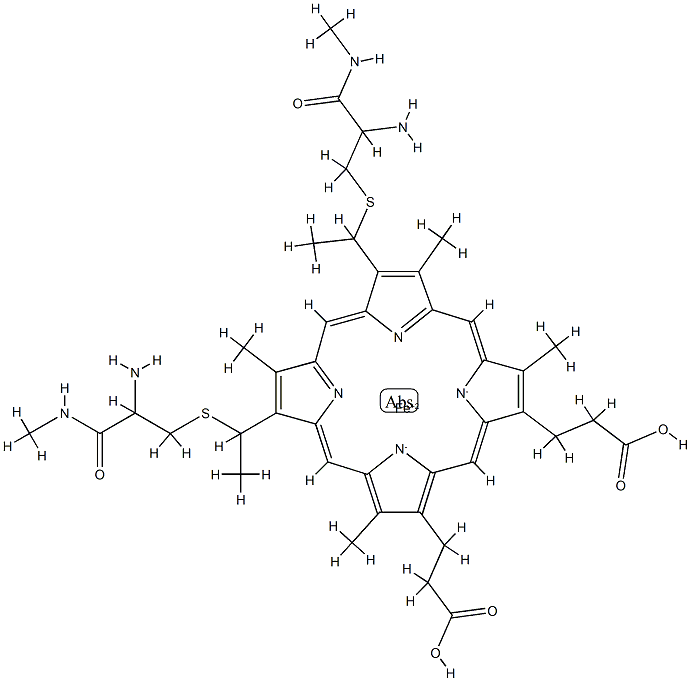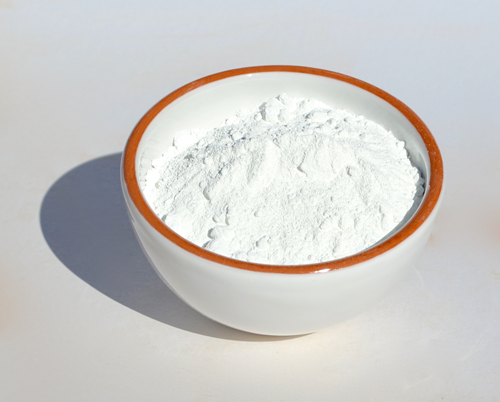The structure and Biological function of Cytochrome C
Introduction
Cytochrome c (Cytc) is an evolutionarily conserved nuclear-encoded mitochondrial protein containing 104 amino acids in mammals. It is highly positively charged with a pI of 9.6. Cytc is essential for aerobic energy production, and Cytc knockout mice die around midgestation. It is undoubtedly one of the most prominent actors in the apoptotic scene. Although it is usually a quiet worker on the respiratory chain, it can escape from the cell's power plant, the mitochondrion, when this organelle is damaged or when it receives instructions to break down its outer membrane. Once unleashed from its usual context, Cytc can be recruited into the death squad and contribute to the apoptotic dismantling of the cell[1].
Biological function
Cytc, a peripheral protein of the mitochondrial inner membrane (IM), functions as an electron shuttle between complex III and complex IV of the respiratory chain, and its activity is necessary for life. In mice, disrupting the unique somatic Cytc gene causes embryonic lethality. Cytc is synthesized in the cytosol as an apoprotein, and upon translocation to the mitochondria, it associates with the heme prosthetic group. Thus, functional Cytc, or holocytochrome c, is composed of a single polypeptide chain of 104 amino acid residues covalently bound to the heme group.
According to crystallographic data, Cytc appears roughly as a sphere with a diameter of 3.4 nm. Cytc is mostly protonated at physiological pH, meaning that most Cytc binds via electrostatic bonds to acidic phospholipids, which are abundantly present in IM.2 In mitochondria, hence the majority of Cytc is membrane-bound. At least 15% of mitochondrial Cytc is tightly bound via electrostatic and hydrophobic interactions. The remaining Cytc is loosely attached to IM as a result of weak electrostatic interactions and can be readily mobilized. Loosely and tightly bound Cytc pools have been implicated in different functions. The former participates in electron transport, inhibits reactive oxygen species (ROS) formation, and prevents oxidative stress. The latter is probably bound to cardiolipin (CL), an unusual lipid confined to the IM. Indeed, CL appears necessary for inserting Cytc into mitochondrial membranes. CL-bound Cytc probably does not participate in electron shuttling of the respiratory chain but may account for the peroxidase activity recently attributed to Cytc.
Structure
Cytochrome c contains a heme iron metal center essential to its function. During the electron transport process, this heme iron interconverts between the Fe3+ and Fe2+ oxidation states, allowing electrons to be accepted and donated. When cytochrome c is oxidized, an electron is transferred from the cytochrome bc1 complex to the heme Fe3+, reducing it to Fe2+. Finally, cytochrome c releases the electron to the final electron carrier of the ETC, cytochrome c oxidase. At this point, the iron center will return to its Fe3+ oxidation state.

The heme group is covalently linked to the Cytochrome c (Cytc) peptide chain through thioether bonds with cysteine residues 14 and 17 (amino acid numbering is based on the mature peptide, which lacks the N-terminal methionine )[2]. The heme iron is in a hexacoordinate configuration with His18 and Met80 as amino acid ligands. The heme iron-Met80 bond causes the weak 695 nm absorption band in the spectrum of Cytc in the oxidized state. The presence of aliphatic and aromatic amino acid side chains places the heme group in a very hydrophobic environment, which, together with the iron ligands His18 and Met80, was proposed to explain the high redox potential of Cytc of about 260 mV in mammals. Of the entire heme surface, only 7.5% are solvent-exposed as part of the frontal edge of the heme group. This is the site used to transfer electrons from the bc1 complex to cytochrome c oxidase (CcO).
References
[1] Yamamoto, Takenori A. Yamada and Y. Shinohara. “Mechanisms of Cytochrome c Release from Mitochondria as Revealed by Proteomics Analysis.” Seibutsu Butsuri 13 (2006): 1423–1433.
[2] Maik Hüttemann . “The multiple functions of cytochrome c and their regulation in life and death decisions of the mammalian cell: From respiration to apoptosis.” Mitochondrion 11 3 (2011): Pages 369-381.
);You may like
See also
Lastest Price from Cytochrome C manufacturers

US $0.00-0.00/Kg2024-04-09
- CAS:
- 9007-43-6
- Min. Order:
- 1Kg
- Purity:
- 99.9%
- Supply Ability:
- 200tons

US $45.00-10.00/kg2023-12-11
- CAS:
- 9007-43-6
- Min. Order:
- 10kg
- Purity:
- 0.99
- Supply Ability:
- 10 tons


